Introduction
The pressure cooker, a kitchen appliance that has revolutionized cooking methods for centuries, offers a multitude of benefits for busy home cooks and culinary enthusiasts alike. One of its most underappreciated uses is steaming soup, a technique that preserves the delicate flavors and nutrients of ingredients while ensuring a rich, flavorful broth. Steaming soup in a pressure cooker, also known as “waterless steaming” or “double-boiling,” involves placing a bowl or pot containing the soup ingredients inside the pressure cooker, which itself contains water. This method allows the soup to cook gently and evenly, without direct contact with boiling water, resulting in a clearer, more refined broth.
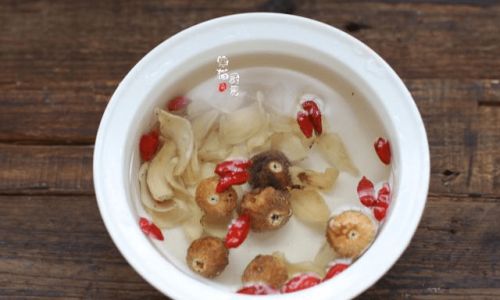
In this comprehensive guide, we will delve into the intricacies of how to use a pressure cooker to steam soup, from selecting the right equipment to mastering the cooking process. We’ll explore the science behind pressure cooking, the benefits of steaming soup, and provide step-by-step recipes to help you get started. By the end of this article, you’ll be equipped with the knowledge and skills to create restaurant-quality soups at home, all thanks to the magic of your pressure cooker.
Understanding Pressure Cooking
Before we dive into steaming soup, it’s essential to understand the basics of pressure cooking. A pressure cooker is a sealed pot that traps steam inside, creating a high-pressure environment. This increased pressure raises the boiling point of water, allowing food to cook at higher temperatures than it would in a conventional pot. The result is faster cooking times, better retention of flavors and nutrients, and the ability to tenderize even the toughest cuts of meat.
Pressure cookers come in various sizes and models, ranging from basic stovetop models to advanced electric ones with programmable settings. While the specifics may vary, the fundamental principles remain the same: sealing the pot, heating it to create steam, and maintaining pressure to cook the food.
The Benefits of Steaming Soup
Steaming soup in a pressure cooker offers several advantages over traditional cooking methods:
-
Preservation of Flavors and Nutrients: Steaming preserves the delicate flavors and nutrients of ingredients better than boiling, as the soup doesn’t come into direct contact with boiling water.
-
Clarity of Broth: The broth remains clearer and less turbid, enhancing the overall presentation and taste of the soup.
-
Even Cooking: The pressure cooker’s ability to maintain a consistent temperature ensures that all ingredients cook evenly, preventing overcooking or burning.
-
Time-Saving: Pressure cooking significantly reduces cooking times, making it an ideal method for busy home cooks.
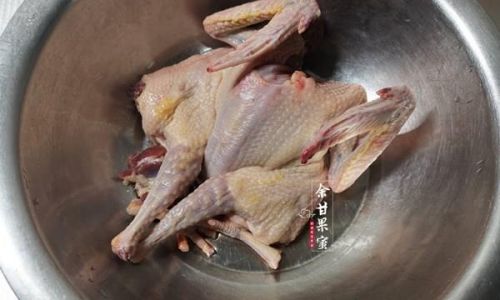
-
Energy-Efficient: By cooking at higher temperatures, a pressure cooker uses less energy compared to conventional methods.
-
Versatility: You can steam a variety of soups, from delicate vegetable broths to hearty meat stews, using this method.
Equipment You’ll Need
To steam soup in a pressure cooker, you’ll need the following equipment:
-
Pressure Cooker: A sturdy, well-sealed pressure cooker is essential. Both stovetop and electric models will work, but ensure it’s large enough to accommodate the steaming rack and your soup pot or bowl.
-
Steaming Rack or Trivet: This is a small, raised platform that sits inside the pressure cooker, keeping your soup pot or bowl out of direct contact with the boiling water.
-
Soup Pot or Bowl: Choose a heatproof pot or bowl that fits securely on the steaming rack and can hold your soup ingredients.
-
Ladle or Spoon: For stirring and serving the soup.
-
Tongs or Oven Mitts: For handling the hot pot or bowl safely.
-
Measuring Cups and Spoons: For accurately measuring ingredients.
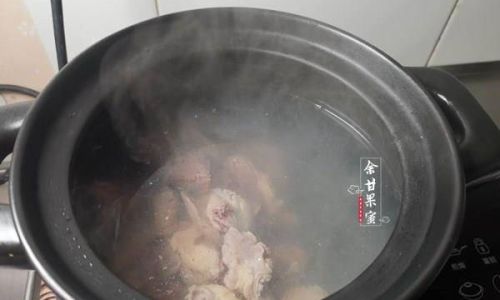
Preparing Your Ingredients
The success of your steamed soup largely depends on the quality and preparation of your ingredients. Here are some tips for selecting and preparing your soup components:
-
Freshness Matters: Use fresh, high-quality ingredients for the best flavor. If using dried herbs or spices, ensure they are not past their prime.
-
Properly Trim and Clean: Trim any excess fat from meat and poultry, and thoroughly wash and chop vegetables.
-
Soak and Rinse: If using dried beans or grains, soak them overnight or follow the package instructions to soften them before cooking.
-
Balance of Ingredients: Aim for a balanced mix of proteins, vegetables, and aromatics to create a well-rounded soup.
Step-by-Step Guide to Steaming Soup in a Pressure Cooker
Now that you have your equipment and ingredients ready, let’s walk through the process of steaming soup in a pressure cooker.
Step 1: Assemble Your Equipment
- Place the steaming rack or trivet inside the pressure cooker.
- Set your soup pot or bowl on top of the rack, ensuring it’s stable and not touching the bottom of the pressure cooker.
Step 2: Prepare the Soup Ingredients
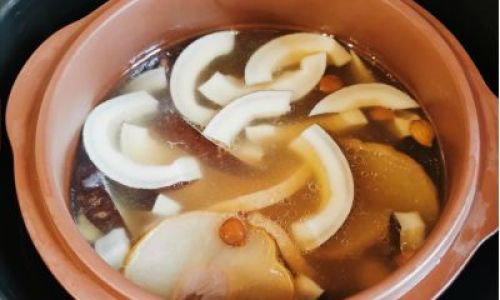
- Combine your soup ingredients in the pot or bowl. This could include chopped vegetables, meat, broth, herbs, and spices.
- Stir the ingredients gently to mix them evenly.
Step 3: Add Water to the Pressure Cooker
Pour enough water into the pressure cooker to reach just below the bottom of the steaming rack or trivet. This water will create the steam needed for cooking.
Step 4: Seal and Cook
- Secure the lid of the pressure cooker and ensure it’s properly sealed.
- Follow the manufacturer’s instructions for bringing the pressure cooker up to pressure. This usually involves heating it on high until steam escapes from the valve, then reducing the heat to maintain pressure.
- Set the cooking time based on your recipe. For most soups, 20-30 minutes at high pressure is sufficient, but this can vary depending on the ingredients and desired texture.
Step 5: Natural Release
- Once the cooking time is up, turn off the heat and allow the pressure to release naturally. This can take 10-20 minutes, depending on the model of your pressure cooker.
- Never force open a pressure cooker while it’s still under pressure, as this can be dangerous.
Step 6: Remove and Serve
- Carefully open the pressure cooker and remove the steaming rack with the soup pot or bowl. Use tongs or oven mitts to avoid burns.
- Stir the soup gently and taste for seasoning. Add salt, pepper, or additional herbs as needed.
- Ladle the soup into bowls and serve hot.
Recipes to Try
Now that you know the basics, let’s dive into some delicious recipes you can try using your pressure cooker to steam soup.
Recipe 1: Chicken and Vegetable Soup
Ingredients:
- 1 pound boneless, skinless chicken thighs, cubed
- 2 cups chopped carrots
- 2 cups chopped celery
- 1 large onion, chopped
- 4 cloves garlic, minced
- 6 cups chicken broth
- 1 teaspoon dried thyme
- 1 teaspoon dried rosemary
- Salt and pepper to taste
Instructions:
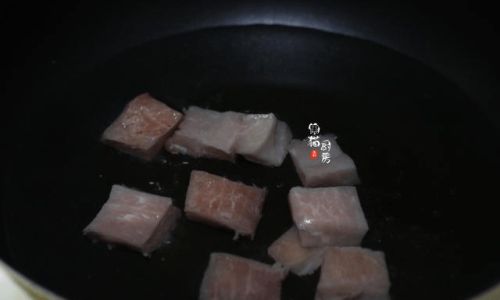
- Combine all ingredients in a heatproof pot or bowl.
- Follow the steps outlined above to steam the soup in your pressure cooker for 25 minutes at high pressure.
- Allow natural pressure release, remove the pot, and stir the soup.
- Taste and adjust seasoning as needed before serving.
Recipe 2: Asian-Inspired Pork and Noodle Soup
Ingredients:
- 1 pound pork shoulder, cubed
- 1 cup sliced mushrooms
- 1 cup bamboo shoots, sliced
- 1 cup water chestnuts, sliced
- 4 green onions, chopped
- 4 cups pork broth
- 2 tablespoons soy sauce
- 1 tablespoon rice vinegar
- 1 teaspoon sesame oil
- 1 teaspoon grated fresh ginger
- 2 cloves garlic, minced
- 8 ounces thin rice noodles, cooked according to package instructions
Instructions:
- Combine all ingredients except the noodles in a heatproof pot or bowl.
- Follow the steps outlined above to steam the soup in your pressure cooker for 30 minutes at high pressure.
- Allow natural pressure release, remove the pot, and stir in the cooked noodles.
- Taste and adjust seasoning as needed before serving.
Recipe 3: Creamy Potato and Leek Soup
Ingredients:
- 2 pounds Yukon Gold potatoes, peeled and cubed
- 2 large leeks, white and light green parts only, thinly sliced and washed thoroughly
- 4 cups vegetable broth
- 1 cup heavy cream
- 2 cloves garlic, minced
- 1 teaspoon dried dill
- Salt and pepper to taste
Instructions:
- Combine all ingredients except the cream in a heatproof pot or bowl.
- Follow the steps outlined above to steam the soup in your pressure cook
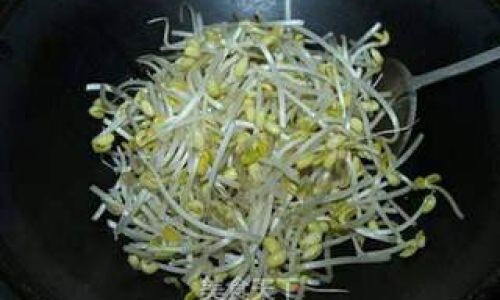
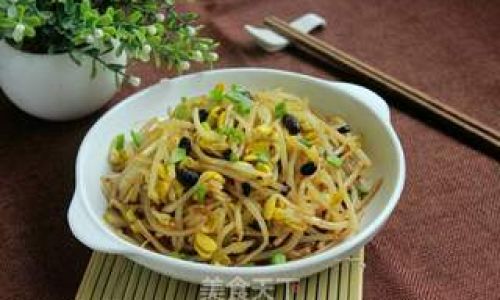
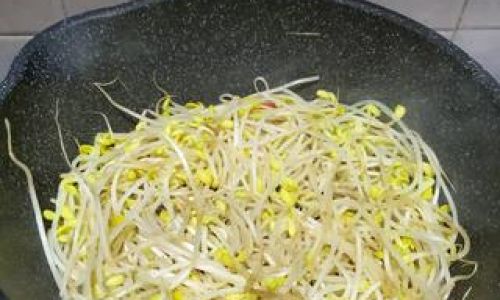
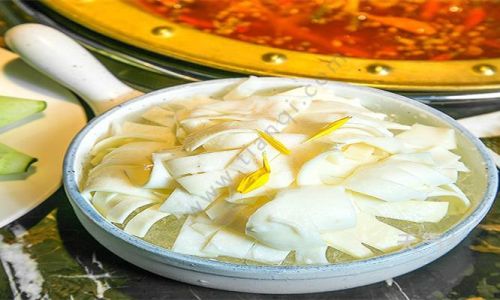
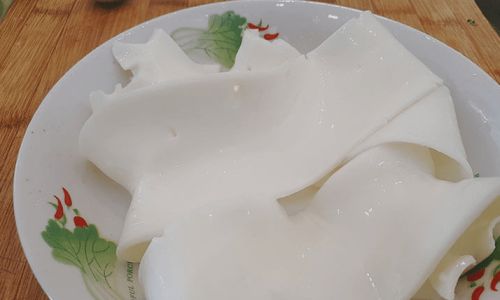
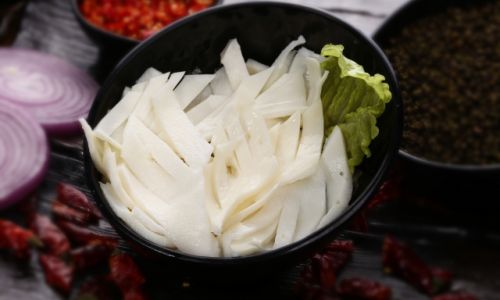
0 comments